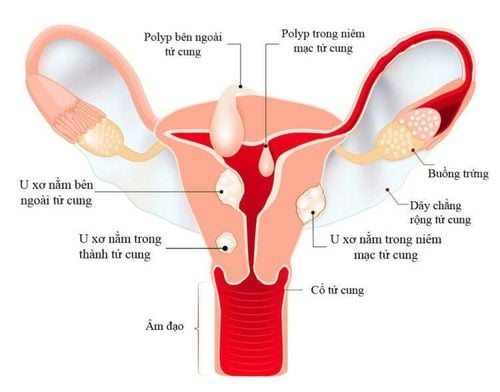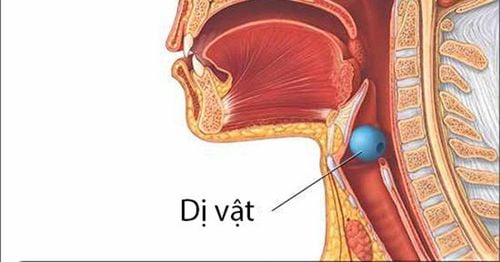This is an automatically translated article.
Laryngeal stenosis is a narrowing of the larynx or trachea, usually due to scarring or a congenital abnormality (eg, congenital anomaly of tracheal cartilage). Mild laryngotracheal stenosis usually causes no symptoms. However, narrowing of more than 50% of the airway circumference will lead to serious complications.1. What are the causes of narrowing of the larynx?
Causes of laryngotracheal stricture scarring include:After intubation or prolonged tracheostomy: this is the most common cause, causing damage to the larynx, creating scar tissue leading to stenosis After trauma Burn scars Complications after radiation therapy to the head, face and neck Another cause of laryngeal stenosis scarring usually comes from ulcerative lesions in the larynx. Ulcers initiate inflammation, and the healing process often causes scar tissue to narrow the larynx.
2. Risk factors for laryngeal stricture scarring
Stenosis of the larynx mainly occurs after endotracheal intubation or prolonged tracheostomy. The following are factors that increase the risk of needing endotracheal intubation or tracheostomy (direct cause of scarring):Women People who are overweight, obese People with diabetes People with increased disease blood pressure People with cardiovascular diseases Smokers

Hút thuốc lá làm tăng nguy cơ cần đặt nội ống nội khí quản hoặc mở khí quản
3. How can I reduce the risk of scarring of the larynx from endotracheal intubation or tracheostomy?
Inflate a pressure balloon in the trachea or through a tracheostomy for 20-30 cm H2O. Limit infection with good local care (sputum aspiration if necessary) Intubation with adequate depth Limit technical complications during intubation or extubation.4. What are the symptoms of laryngotracheal stenosis?
Symptoms of laryngotracheal stenosis include:Stridor breathing sound: the sound of high-pressure breathing when inhaling, when the air flows through the stenosis Blue-violet: manifested in the skin and mucous membranes of the lips and mouth... due to lack of oxygen. Wheeze sounds: wheezing on inspiration Shortness of breath: especially on exertion In some cases, symptoms are not present for several weeks after the injury and dyspnea is often the first symptom.

Trong 1 số trường hợp, triệu chứng không biểu hiện 1 vài tuần sau chấn thương và khó thở thường là triệu chứng đầu tiên
5. Diagnosis of laryngeal stenosis scars
Bronchoscopy is the gold standard in diagnosing laryngeal stenosis scars because it allows the physician to directly visualize the lesion. However, bronchoscopy is an invasive procedure with some risks of complications because the bronchoscope will block the airways, making it difficult to control blood oxygen levels.X-ray, CT, ultrasound, neck MRI and respiratory function measurement:
Standard X-ray helps determine airway structure, injuries.... Computed tomography is a good method of assessment. Is the larynx narrow or not? However, this is not a good method for assessing the degree of airway narrowing. Measurement of respiratory function: The role of determining the influence of tracheal stenosis scars on the patient's breathing.
6. How to treat laryngeal stenosis scars?
There are several treatments for laryngeal stenosis scarring. Most endoscopic treatments aim to directly visualize the larynx. If the site of stenosis is small, stenting or balloon dilation may be performed. In addition, laser can be used to remove narrow scars.Tracheostomy surgery: cut the narrowed larynx and reconnect the upper and lower trachea ends together. Surgery is often applied in laryngotracheal stenosis of moderate or higher degree with good results, lasting effects.
Bronchoscopy to dilate the larynx: Dilate the larynx with a balloon or dilator.
Laser bronchoscopy: laser helps to remove the narrow scars of the larynx. However, in some cases lasers can aggravate the condition.
Stent placement: Stent the larynx with a tube made of silicone or metal.
Please dial HOTLINE for more information or register for an appointment HERE. Download MyVinmec app to make appointments faster and to manage your bookings easily.













